Let's save pig farming together!
As a farmer, you constantly face various challenges. Sometimes it seems like things are out of control and nothing depends on you. We stand by you in difficult times because this is a collective effort. We have witnessed African swine fever affecting a large number of regions, municipalities and districts all over the world. To maintain pig and pork production, and thus the survival of pig farming, it is necessary to show high responsibility.
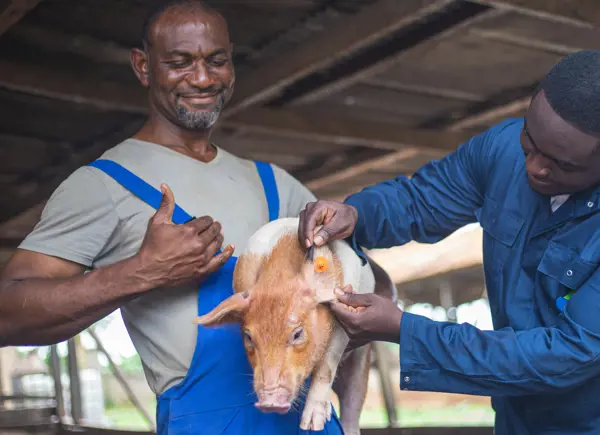
What is African Swine Fever (ASF)
African swine fever (ASF) is a viral disease that affects domestic and wild pigs and has a mortality rate of 100%. It continuously infects warthogs, bush pigs, and soft ticks of the Ornithodoros species, which are its natural hosts.
Although it does not pose a threat to human health, it has a catastrophic impact on pig populations and the agricultural industry. Currently, there is no reliable vaccine against ASF.
The virus has a high level of environmental resistance, allowing it to persist on items such as clothing, boots, wheels, and other objects. Additionally, it can survive in various pork products, including ham, sausages, and bacon. Therefore, if appropriate protective measures are not implemented, human behavior can significantly contribute to the transnational spread of this pig disease.
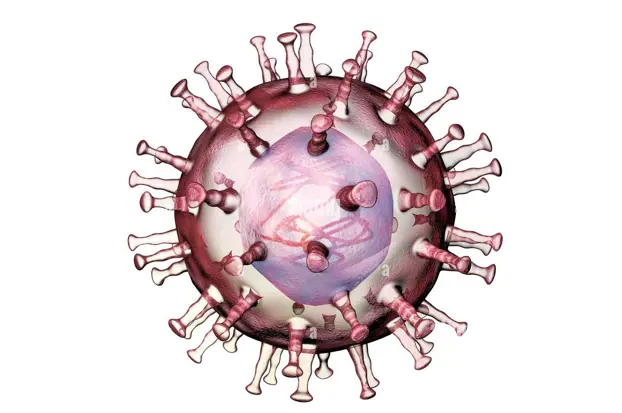
How do pigs get infected?
The most typical way for the ASF virus to spread is through direct contact between healthy pigs and those that are infected. The virus is excreted through feces, urine, nasal secretions, and saliva. The disease can spread through contact with contaminated clothing, tools, food, or vehicles. Chronically infected animals may not show any external symptoms of the disease but can transmit the virus through feces. Piglets born to infected sows can become infected in the womb and excrete the virus for several months.
Pigs can become infected with ASF by consuming pork products or meat that is contaminated. It has been established that the wild boar population impacts the epidemiology of the disease.
Contact a specialist for more information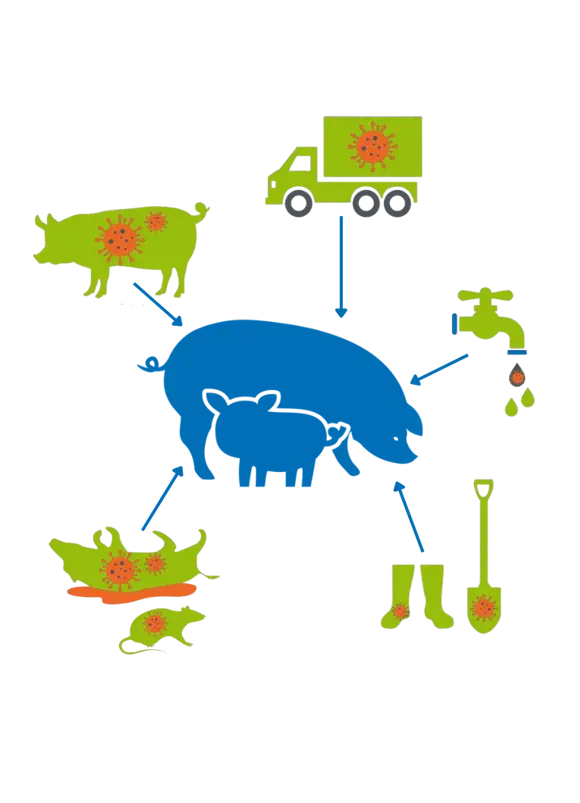
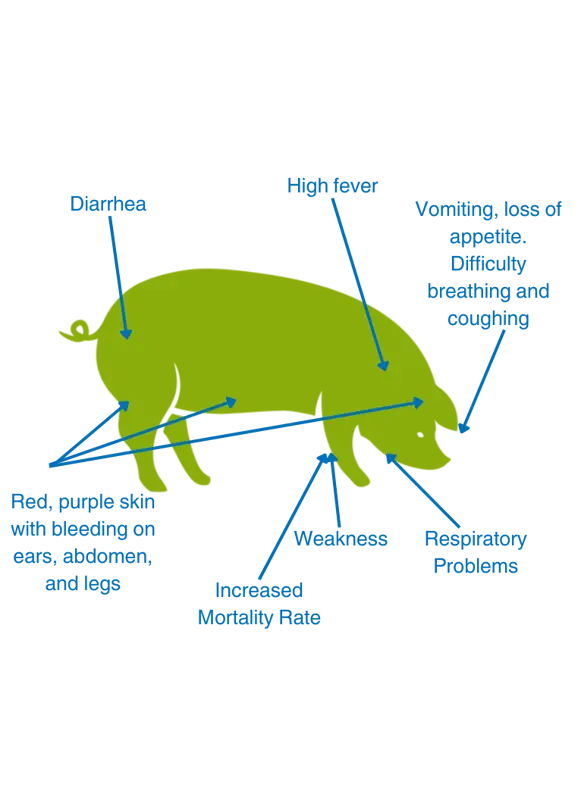
Symptoms
The disease can range from severe with a high mortality rate to moderate or even undetected, having both acute and chronic forms.
In all age groups, fever, convulsions, loss of appetite, weakness, constipation followed by diarrhea, and unsteady gait occur in the acute stage of the disease. Purple discoloration of the skin may appear on the inner thighs, abdomen, and ears a few days after the onset of clinical symptoms. Animals with acute disease die within one to two weeks.
Symptoms of low virulence strains can include poor reproductive efficiency and the birth of piglets with neurological defects such as congenital tremor (shaking).
Learn more about prevention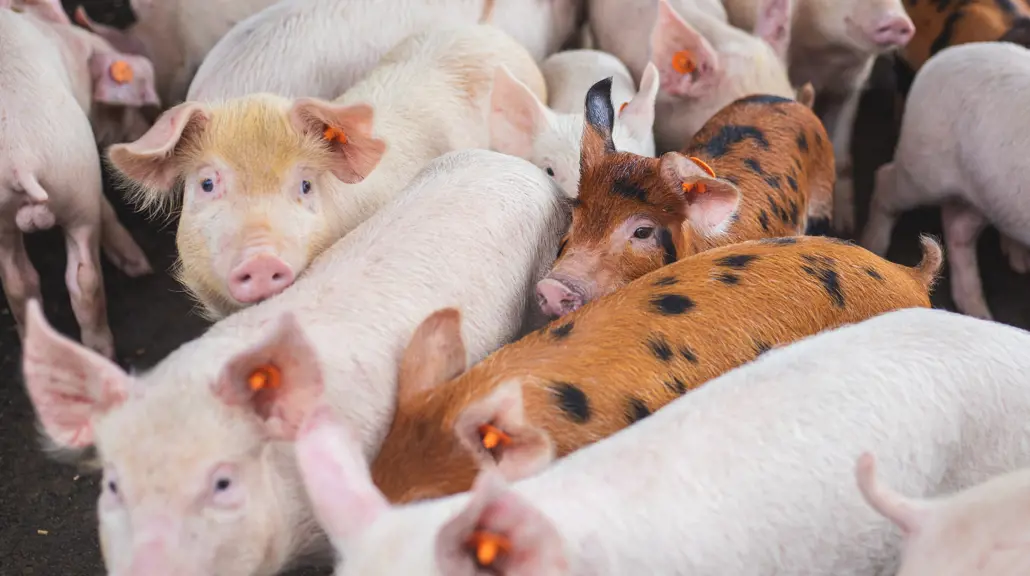
The first line of defense against the outbreak of ASF
The best ways to avoid the disease are strong communication between the vet administration and pig breeders, as well as hygiene practices that prevent domestic pigs from coming into contact with wild pigs.
Learn more about hygiene protocolsPrevention
Prevent the entry of the virus
No trade of live animals, meat, and meat products from regions where African swine fever (ASF) occurs. Special attention should be paid to meat products brought from abroad. Never bring meat products onto the farm.
The introduction of the virus will go unnoticed; it will likely take several weeks between the introduction and the first diagnosis. During this incubation period, the virus can spread to other farms in the vicinity.
Prohibit feeding food scraps
Infection can occur with “kitchen waste” (meat products) or meat products that are carelessly discarded outside.
Cleaning and disinfection
Proper cleaning of vehicles used for transporting livestock and materials used for hunting is mandatory. It is advisable to use hot water (>70°C) and a disinfectant.
Transmission
Wild boar carcasses remain highly infectious for a long time. The transmission of ASF is more difficult than foot-and-mouth disease (FMD) and classical swine fever because there is no airborne transmission.
Limit the number of contacts between pig farms: animals, people, manure, trucks, and other materials from one farm should not come into contact with another farm. Apply strict hygiene protocols when contact is necessary.
Vaccination
Vaccination is not yet available. Since it is a very complex virus, it is expected that it will take a long time before a vaccine becomes available.
Hygiene protocols
The ASF (African Swine Fever) virus is moderately virulent, requiring larger doses to infect an animal compared to, for example, FMD (Foot-and-Mouth Disease) or CSF (Classical Swine Fever). However, the virus is extremely persistent and remains infectious for a long time under various conditions. The main causes of infection are contaminated food, direct contact with animals (or carcasses), and contaminated materials (manure, tools, etc.).




